After spending much of his adult life leading a Bay Area-based food distribution company, Gary Maxworthy suffered through a tragedy. It was 1994, he was 56 years old, and his first wife died. As the grief slowly began to subside, Gary’s three children came together and suggested a change. They wanted him to do something with his life that would strengthen his community. Gary agreed and soon joined AmeriCorps as a VISTA volunteer. His first and only assignment was with the San Francisco Food Bank. His mission: to think of ways to address the growing problem of hunger.
This was at a time when food banks were distributing mostly boxed and canned non-perishable foods. Gary had an inkling of an idea that not only would increase the amount of food we distributed, but also to provide tons of fresh, healthy produce for our participants. He started reaching out to his old food distribution contacts – growers and packers up and down California – and asked if they would be willing to donate their extra produce to the Food Bank. The initiative was called Farm to Family.
Eventually the idea took off. Now, nearly two decades later Farm to Family serves a statewide network of 43 food banks, providing 180 million pounds of fresh produce every year. Six-hundred thousand Californians are nourished by this food every week. Just last year, Farm to Family delivered its one billionth pound of fresh produce!
While Farm to Family would be enough to make someone a “Food Hero,” Gary went beyond all of that. He has been revered for his innovative spirit, his leadership, and his mentoring of Food Bank employees.
Gary announced his second retirement earlier this year, but before he could ride off into the sunset, he was chosen as the San Francisco-Marin Food Bank’s 2017 Community Partner Honoree for his incredible legacy and contribution to food banking, not just locally, but around the nation.
Watch Gary’s tribute video above. And listen to Gary, in his own words, in this recent KQED Perspectives piece.


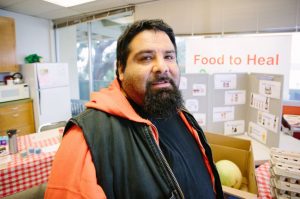
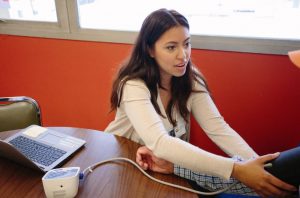
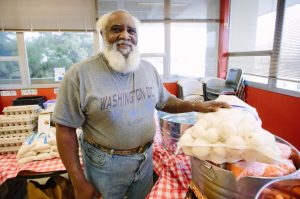
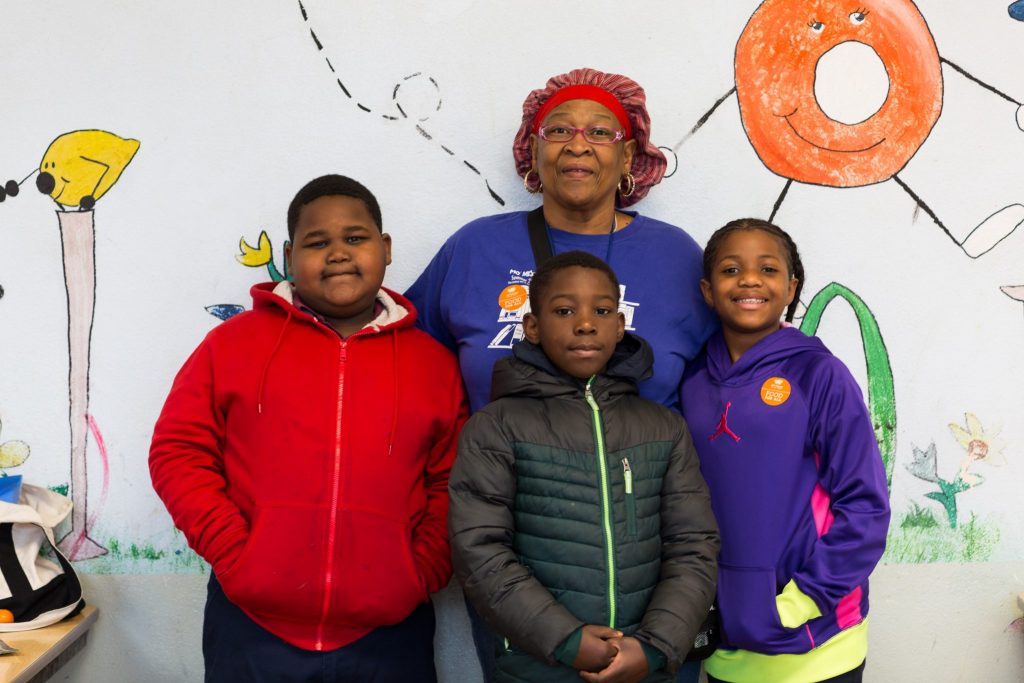
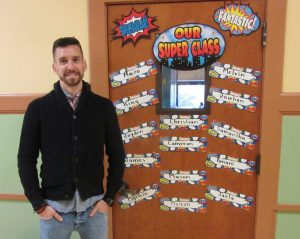
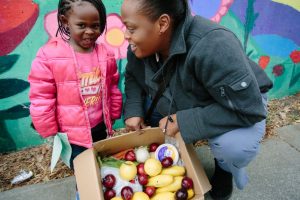
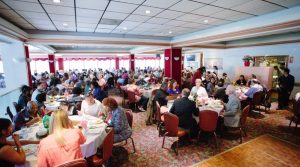
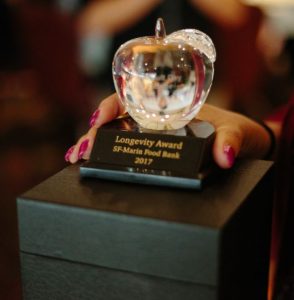
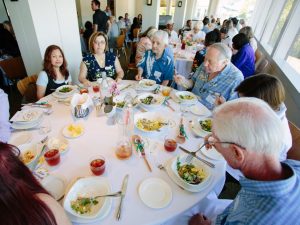
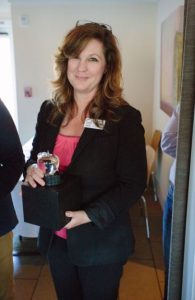
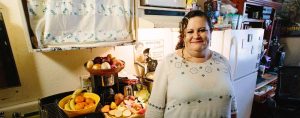
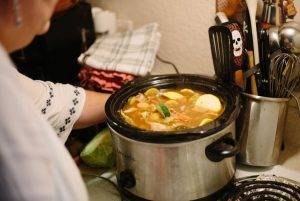
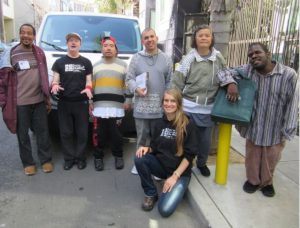
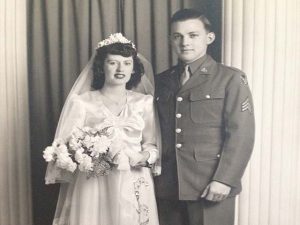
Share